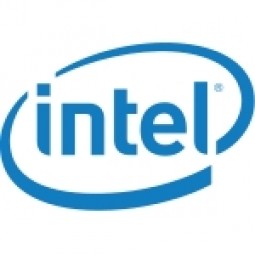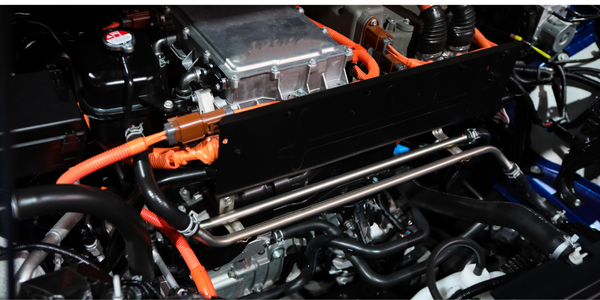下载PDF
Employing Intel Deep Learning SDK Toward Bettering Image Recognition Models

技术
- 应用基础设施与中间件 - 中间件、SDK 和库
用例
- 计算机视觉
挑战
在本案例研究中,探索的挑战涉及 LeNet*,这是用于手写数字识别的著名图像识别拓扑之一。在案例研究中,我们深入探讨了如何使用训练工具在针对英特尔® 架构优化的 Caffe* 上直观地设置、调整和训练混合国家标准与技术研究院 (MNIST) 数据集。数据科学家是目标受众。
客户
未公开
关于客户
寻求探索图像识别拓扑的数据科学家。
解决方案
使用英特尔深度学习 SDK 训练模型的主要优势之一是其易用性。作为一名数据科学家,您的重点将更多地放在轻松准备训练数据、尽可能使用现有拓扑、根据需要设计新模型以及使用自动化实验和高级可视化训练模型上。训练工具提供了所有这些好处,同时还简化了流行的深度学习框架的安装。
运营影响
相关案例.

Case Study
Smart Surveillance
-Managing large scale fleet of remotely located Cameras and IoT Gateways turns out to be operational expensive job.-Upgradation of AI/ML applications running on the Cameras.-Application Orchestration and management becomes challenging for AI and ML applications running across the solution.-Frequent failures require truck rolls.

Case Study
A New Level of Urban Freight Control via RFID
The municipality of Verona had the exigency to enforce the regulations for commercial vehicles for into the historic city center to reduce traffic, vehicles with permits dedicated to city logistics within certain hours often exceeded the permitted period of stay inside the congestion zone. In addition Verona had the goal to eliminate the falsification of disabled parking passes and increase the on street enforcement. The historic city center of Verona was already equipped with a congestion area system comprising of video cameras, but the ratification of the system limited the functionality of the system. It was not possible to measure time of ingress and egress nor the duration of stay of single vehicles. Once entered, it was not possible to verify if the vehicle spent more than the consented period of time inside the city leading to an increased congestion. For disabled people, the existing solution led to various problems: to access to the city center handicapped drivers or passengers had to inform the municipality up to 48 hours in advance for avoiding a fine and falsificated copies of disabled permits (CUDE) were a frequent problem. A new solution needed to cover all this aspects, while digitizing the related processes to increase efficiency and reduce the workload at the cities helpdesks.

Case Study
A FOG Vision Control Solution for an LED Module Production Line
This manufacturer of LED module bonding machines was in the process of developing large vision machines that comprised 17 industrial PCs (IPCs) in a single machine.They had been testing several IPC brands to identify the ideal one that would improve the stability of their machines. Given the number of IPCs in each machine,having compact IPCs was a major priority for their project.

Case Study
How an Autonomous Machine Vision (AMV) System Increased Accuracy and Cut Waste
QA automation is a cost-effective solution for manufacturers, as it saves time and money while reducing the risk of defective products. However, traditional QA methods are not sufficient for meeting the rigorous standards of Industry 4.0, and traditional machine vision solutions can be expensive and difficult to implement. BSH, a manufacturer of home appliances, faced this challenge and sought to improve the accuracy and efficiency of their batch inspection process without incurring high costs. They partnered with Inspekto to address the issue and reduce detection time of component defects at one of their oven manufacturing plants in Germany.

Case Study
Industry 4.0 and Cognitive Manufacturing
Manufacturers are facing risky challenges associated with complex visual inspection activities. Many human inspectors, operators and engineers are needed at each manufacturer. They have a full workload of repetitive tasks aimed at identifying hundreds of defects. This results in major plant labour costs, issues with inspection accuracy and consistency, a need for employee training and potential health problems for inspections in hazardous areas.






